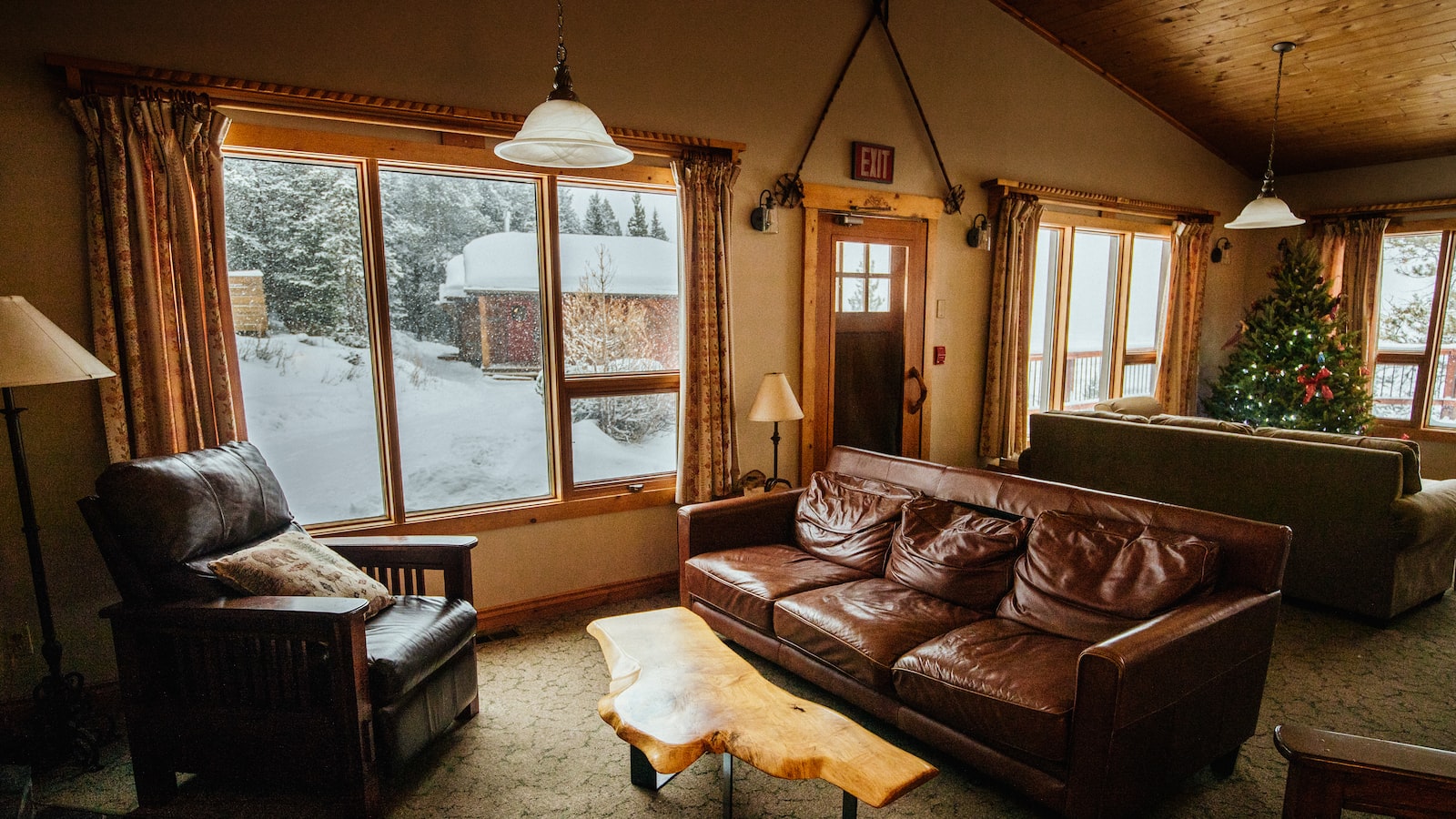Growing Peppers Indoors – Guidelines & Tips
If you’re interested in growing your own peppers indoors, it’s important to understand the basics and some of the best practices for doing so. Growing peppers indoors can be a rewarding experience, but getting it right requires good lighting, temperature, soil, and maintenance. Read on to learn everything you need to know about growing peppers indoors, including tips, guidelines, and the different varieties available.
Types of Peppers for Growing Indoors
Before you start growing, it’s important to be aware of the different types of peppers that are suitable for indoor growing. Sweet peppers are generally the most common, and they include varieties such as bell peppers, banana peppers, and Cubanelle. Hot peppers are more challenging to grow indoors, but they’re certainly not impossible. Popular types of these include cayenne, jalapeño, and Anaheim.
Lighting Requirements
When growing peppers indoors, it’s essential to have a window that gets plenty of direct sunlight during the day. If you don’t have that, you can supplement the natural light with a grow light positioned about 12 inches from the top of the plants. A full-spectrum LED grow light works best, as it mimics the light of the sun and helps to ensure that the peppers aren’t lanky or weak.
Temperature
Ensuring that the temperature is warm enough is also essential for a successful pepper-growing experience. Peppers require temperatures between 70-85°F in order to sprout and set fruit. The ideal temperature for optimal growth is around 75°F. If the area you’re growing in is consistently cold, you may want to consider investing in heating mats for better results.
Soil Requirements
When it comes to the soil, Peppers prefer a well-draining soil with good aeration. The best choices for pepper growing are a mix of peat and sand or a mix of peat, sand, and vermiculite that’s been pH tested. Make sure to buy non-treated soil so that you’re not introducing any harmful chemicals into your environment.
Watering and Maintenance
Peppers need to be watered consistently, but not too much. Check the soil often to make sure that enough moisture is present and aim to water the pepper plants about once a week. Be sure to direct the water directly on the soil and avoid getting the leaves wet. Pruning your peppers can also help promote better growth as it removes any damaged or diseased branches.
Harvesting
You’ll know when your peppers are ready to harvest depending on the type of pepper you’re growing. Sweet peppers can be harvested when they are a few inches long and firm, while hot peppers should be left on the plant until they are fully mature and bright red or orange. When they are ready, use pruning shears to cut the peppers off of the plant.
Conclusion
Growing peppers indoors can be a rewarding experience, and following these tips will help ensure that your plants flourish. Just be sure to provide your peppers with lots of sunlight, warmth, and water and to avoid using any chemicals in the soil. With patience and proper care, you’ll be enjoying delicious homegrown peppers in no time!



